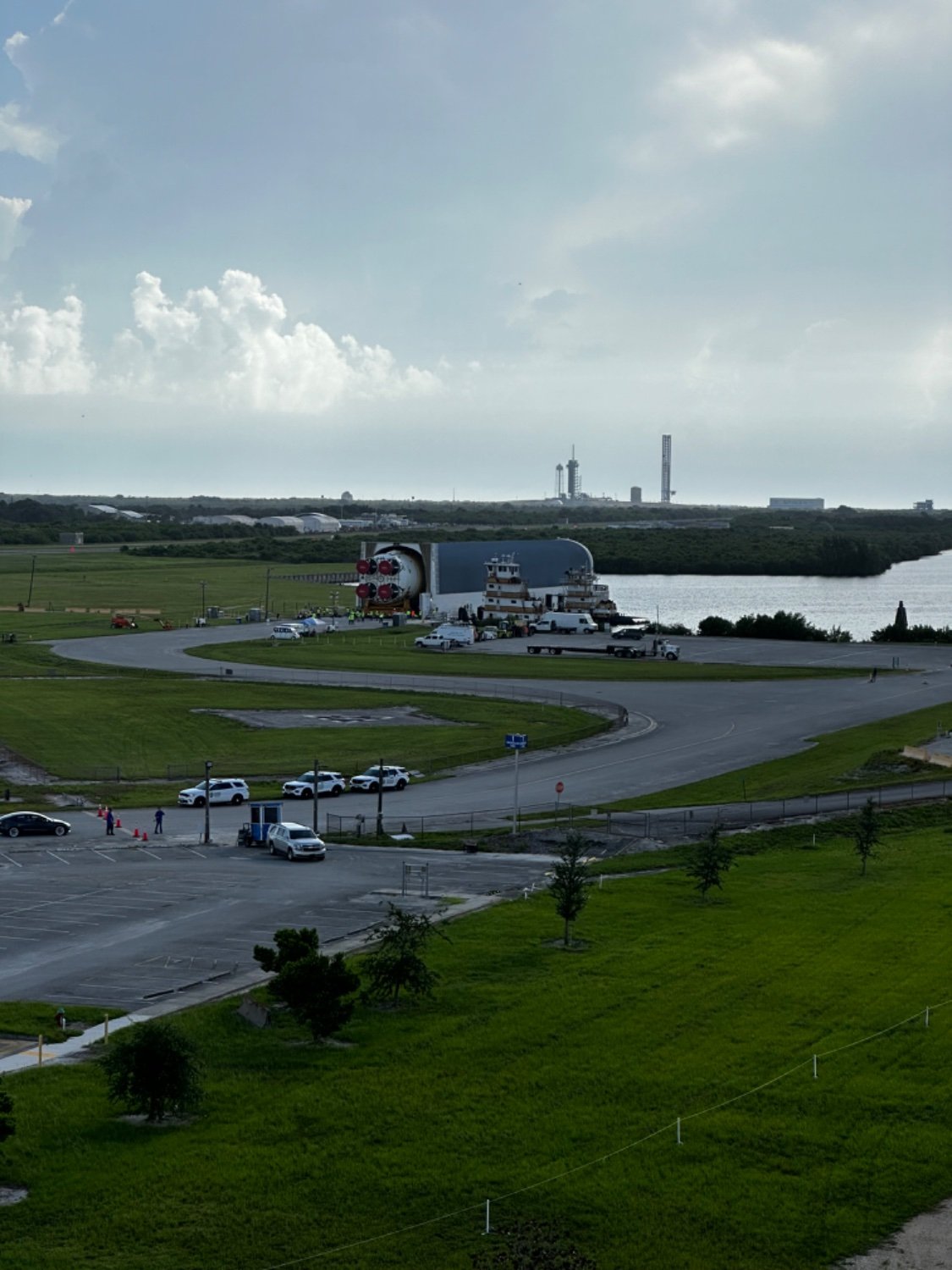Both things exist, certainly, but I’m not sure how I’d establish a common unit to describe a set of things that are mostly waves but with a few particles thrown in. It’d have to be some kind of total energy flux through a selected region of space for a given time, and it’d be super specific to both the region and the timeframe since a CME event at the wrong time would really skew your results… I guess it could be some kind of time-average? So the thing you’d need is a total annual average energy flux of both EM and particle radiation through a region of interest. Such a thing certainly could (and probably has) been measured, but I don’t think I’ve ever seen it all combined. This is maybe a start? It at least has all the radiation information in one spot.
I’m not sure I understand the value proposition of having that kind of information if someone took the time to do it, but it’s a fun thing to think about.

Nah. Folks are big mad because it’s exactly what we all expected when bezos bought the post. It didn’t immediately slide headlong into the void of bullshit pandering, so we developed a sense of false hope. Now it’s gone, we know it, we’re annoyed, and we’re mad about getting took.